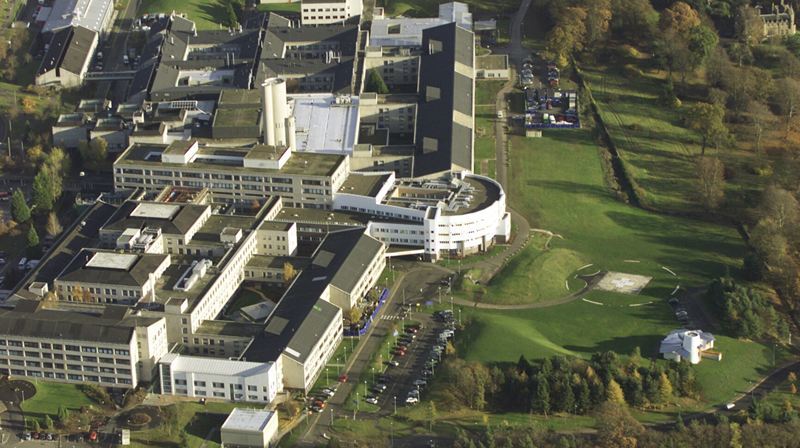A woman with the flesh eating bug necrotising fasciitis is being treated in Dundee’s Ninewells Hospital.
A former Ninewells patient confirmed the woman was admitted to the hospital with the potentially serious infection.
The victim is understood to be in her 60s and lives in the city.
NHS Tayside declined to give any details due to patient confidentiality.
Health Protection Scotland confirmed NHS Tayside had notified the organisation of one case of necrotising fasciitis but also declined to give any details.
Necrotising fasciitis is a rare infection. There were only two notifications across Scotland throughout the whole of last year one by NHS Tayside and another by Greater Glasgow Health Board.
Ninewells Hospital-based infectious diseases expert Professor Dilip Nathwani said necrotising fasciitis was an “infection emergency” and any patient suspected of having the infection would be admitted to hospital.
Treatment involves surgically removing the flesh that has been invaded by the bug in a bid to prevent further spread of the infection.
Serious cases can result in more drastic surgery.
Prof Nathwani said the first difficulty for doctors was recognising the relatively uncommon condition.
“Clinicians may not be able to recognise it in its early form where it can look like an ordinary tissue infection,” Prof Nathwani said.
If there is a suspicion of necrotising fasciitis the patient should be admitted to hospital and observed.
“If the infection then proceeds to look like necrotising fasciitis you would want to ensure that first, the antibiotic therapy is optimal and appropriate and secondly surgical intervention is sought at the earliest stage.
“If you get in with antibiotics and surgery at an early stage, then the outcomes are better than if patients are left purely on antibiotics for too long.”
He said some patients waited too long to see a doctor and arrived in hospital “in extremis” and in those cases, a lot of flesh had to be surgically removed.
“In these cases a lot of tissue is taken out and part, or a lot of a limb, is lost.”
Prof Nathwani said there was no need for concern among the general population.
